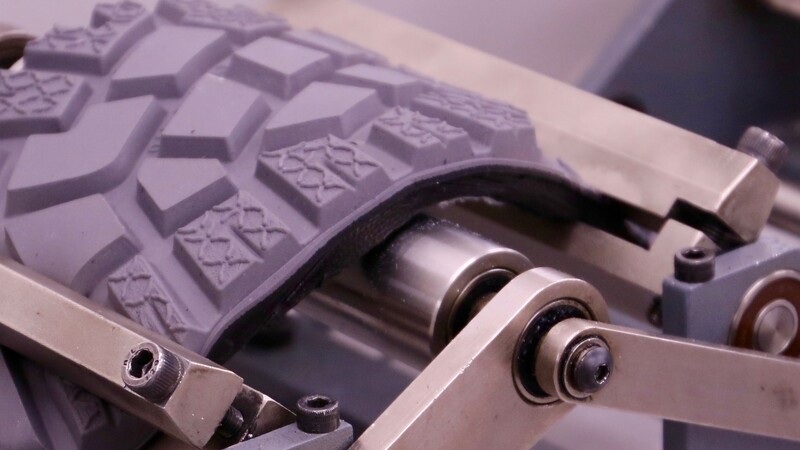
The new EN ISO 20345:2022 Safety Footwear Standard – What will change?
The EN ISO 20345:2011 safety footwear standard has been replaced by the new EN ISO 20345:2022 standard. The standard has a transition period until the end of 2027, so there will be products on the market that are certified according to both the new and the old standard.
All Sievi products certified after 1 January 2023 have been tested according to the new EN ISO 20345:2022 standard.
MAIN CHANGES TO THE STANDARD
1. Puncture resistance of the perforation-resistant insert
In the previous standard, all perforation-resistant insert, or nail guards, are marked with the symbol P. The test is carried out with a 4.5 mm nail.
In the new standard, the testing and protection classes for footwear with steel nail guard remain unchanged. For non-metal perforation-resistant insert, the markings change and the protection class is differentiated according to the diameter of the test nail:
PS = nail used in the test Ø 3.0 mm (Small)
PL = nail used in the test Ø 4.5 mm (Large)
The protection markings for perforation-resistant insert can be, for example: S3S, S3L, S1P, S1PS, S1PL.
2. Slip resistance
In the previous standard, slip resistance was marked as follows: SRA, SRB and SRC.
In the new standard, slip resistance no longer has a separate letter symbol in the certificate as it is a basic requirement. The test is equivalent to the former SRA test carried out on a ceramic tile coated in a soap solution.
An additional feature is a test carried out on a ceramic tile with a glycerol solution. This is marked with SR (= Slip Resistance) in the certificate. The additional feature is not obligatory.
If it is not possible to carry out the slip resistance tests on special shoes or boots (e.g. footwear with integrated studs), they are marked with the symbol Ø (= not tested).
Resistance to fuel oil (FO) will be an additional feature, but Sievi will test and require this feature in all its safety and occupational footwear.
3. Waterproof and water resistant
In the previous standard, water resistance of the upper material was marked with the symbol WRU (Water Repellent Upper).
In the new standard, water resistance of the upper material is marked with the symbol WPA (Water Penetration and Absorption). The waterproof feature is marked with WR (Water Resistance). There are also two new protection classes, S6 and S7, for waterproof footwear.
S6 = the footwear meets the requirements of class S2 and is also waterproof (WR).
S7 = the footwear meets the requirements of class S3 and is also waterproof (WR).
4. New additional features
The new additional features in the standard include the previously mentioned FO (resistance to fuel oil), which was previously a basic requirement of the standard, and SR (slip resistance). Other new features include:
SC (Scuff Cap) = abrasion resistance of the impact protection/toe cap. All materials used by Sievi in impact protection and toecaps meet this requirement.
LG (Ladder Grip)
Testing of the additional features is not mandatory.
5. Orthopaedic safety footwear
The new standard divides orthopaedic safety footwear into three types:
- Type 1: footwear fitted with orthopaedic insoles
- Type 2: safety shoes with an adapted outsole
- Type 3: custom-made safety shoes
The new table according to standard EN ISO 20345:2022

Basic requirements depending on the class

Additional requirements depending on the product


